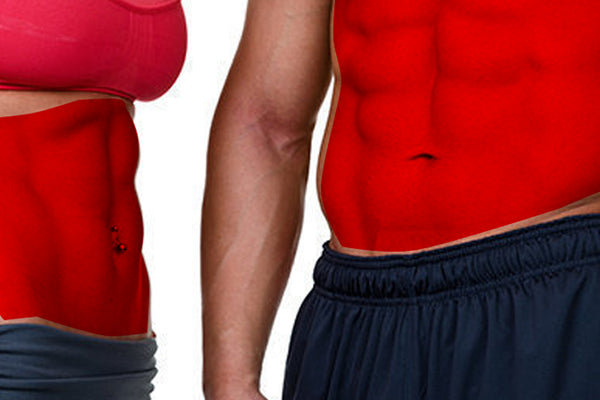There is a lot of “myths” out there and bad habits being formed when it comes to overall core training and how spinal flexion is involved. The mentality behind what one should do and not do get all jumbled up amongst trainers and athletes alike. The key is understanding what the core and flexion is will truly help to know how one should approach training.
Spinal Flexion
In the past 10-15 years there is a culture being developed in the gym that flexion is a bad thing. Flexion is the anatomical name for forward bending. When treating back pain, many spine specialists encourage exercises to strengthen the muscles that act to bring the spine into flexion. However, many trainers will try to stay away from flexion movements because of the culture of people who sit behind desks at jobs with a forward roll to their spine. So, the result of this is trainers telling their clients that all the core training they need is from squats and deadlifts. Yes, the core is involved, but the neglect on training those flexion muscles. Many trainers as well will assume that flexion movements are horrible for people with lower back issues and can cause discs to explode. Usually issues arise when flexion movements are loaded, such as using too much weight with weighted sit-ups. Flexion movements help train the anterior core muscles, as anti-flexion movements (think of stretching the spine) work the posterior core muscles (like squats and deadlifts). Once again, it falls back to variety and being smart with your training.
Core Stability
As noted up above, flexion plays a huge role in core stability. If you are doing flexion movements (where the spine is bending forward) than you a are working the anterior (front) core muscles. Leaving your core training at that is like saying doing arm curls will get your whole upper body in shape. The core is diverse and needs work. Doing anti-flexion movements like good mornings, deadlifts, and squats will hit the posterior core muscles and lower back. Hip mobility is high involved in performing core movements as well. Many people think core movements are just sagittal (front and back), when in actuality the core needs to be trained laterally (side to side) and transversely (rotation). Training on these other planes of motion will just hit more muscles and help with overall performance and stability.






